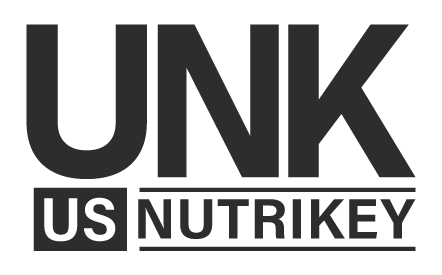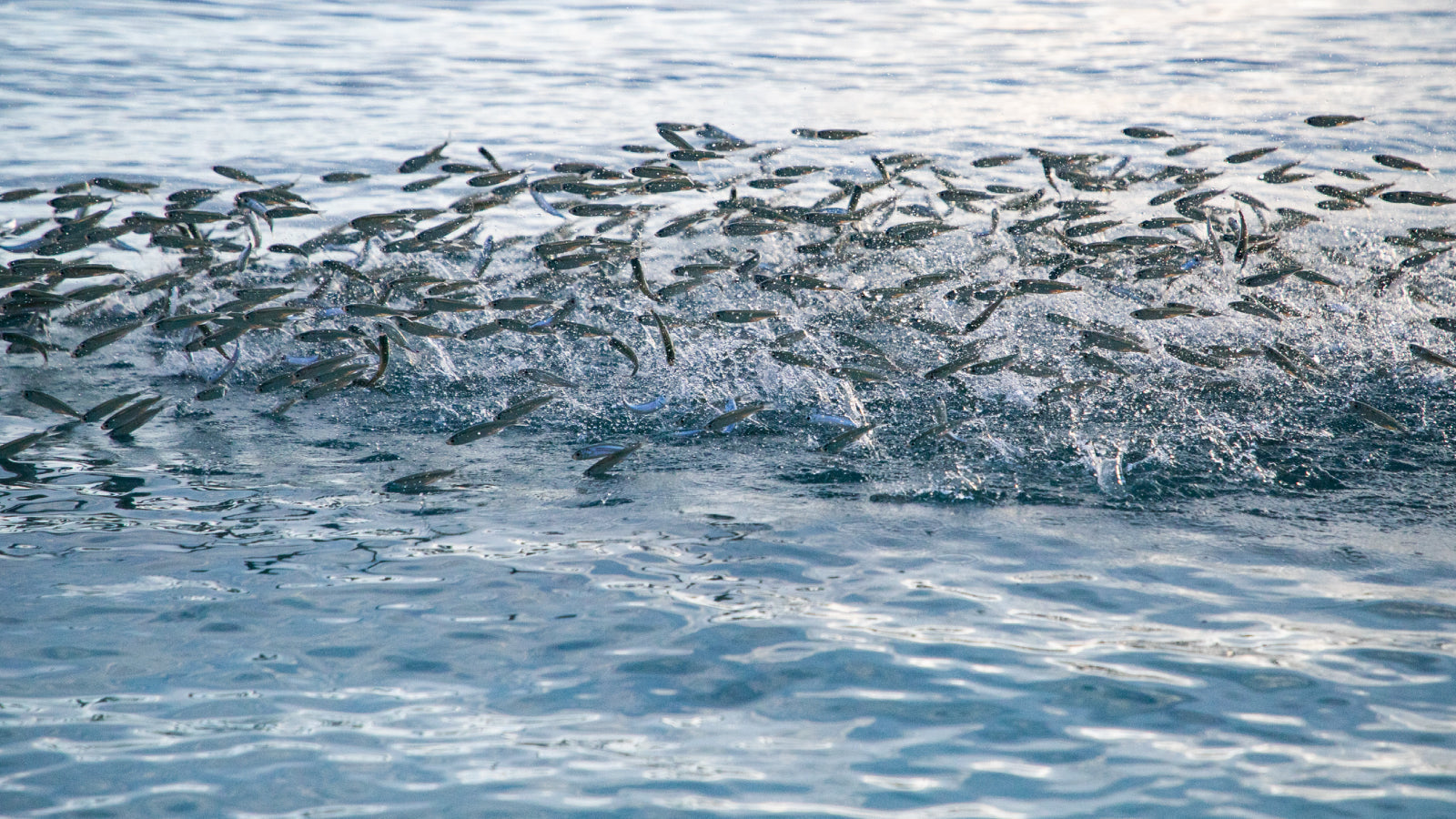Wild-Caught vs. Farm-Raised Marine Collagen: What’s the Difference?
Many consumers are curious about the differences between wild-caught and farm-raised marine collagen—and what those differences mean for quality, sustainability, and personal wellness goals. In this blog, we break down the key distinctions to help you make an informed choice.
Sourcing and Sustainability
Wild-Caught Marine Collagen
Sourced from fish harvested in their natural ocean environments, wild-caught marine collagen is derived from fish that consume a natural diet, which contributes to the purity and nutrient profile of the collagen. This method supports the use of existing marine resources and may appeal to those who prioritize traditional sourcing methods.†
Farm-Raised Marine Collagen
Farm-raised collagen comes from fish cultivated in aquaculture systems. These systems offer a consistent and scalable supply of marine collagen. When responsibly managed, aquaculture can help reduce pressure on wild fish populations and support global seafood availability. However, these fish are often fed artificial diets, and farming can sometimes involve the use of antibiotics and chemicals, which may impact the purity and overall quality of the collagen.
Purity and Quality
Wild-Caught Marine Collagen
Wild-caught fish are not exposed to controlled feed or confined environments, which may contribute to a cleaner source of collagen. This can be appealing to consumers seeking a more naturally sourced product.†
Farm-Raised Marine Collagen
The quality of farm-raised collagen depends on the farming practices. Well-regulated aquaculture operations can produce high-quality collagen by maintaining clean environments and using responsible feed protocols. However, in some cases, farm-raised fish may be exposed to antibiotics or unnatural feed, which can affect the purity of the collagen.
Nutritional Profile
Wild-Caught Marine Collagen
Fish in the wild consume a varied, natural diet, which may influence the amino acid profile of the collagen. This is one reason wild-caught collagen is often viewed as a premium option.†
Farm-Raised Marine Collagen
Farm-raised fish can still provide essential amino acids, especially when raised on a nutrient-rich diet. Advances in aquaculture have made it possible to produce collagen with a comparable nutritional profile to wild-caught sources.
Environmental Considerations
Wild-Caught Marine Collagen
When sourced responsibly, wild-caught collagen can help utilize parts of the fish that would otherwise go to waste, supporting a more circular seafood economy. However, overfishing and unsustainable practices can pose environmental risks if not properly managed.
Farm-Raised Marine Collagen
Aquaculture can reduce the strain on wild fish populations and provide a more controlled production environment. That said, the environmental impact varies depending on the farm’s practices, including water management and feed sourcing.
Taste and Odor
Wild-Caught Marine Collagen
Many consumers find wild-caught collagen to have a more neutral taste and odor, likely due to the fish’s natural diet and cleaner marine environment.†
Farm-Raised Marine Collagen
Taste and odor can vary depending on the farming conditions and processing methods. High-quality farm-raised collagen can still be virtually tasteless and odorless when properly refined.
Cost and Accessibility
Wild-Caught Marine Collagen
Due to limited supply and more labor-intensive sourcing, wild-caught collagen is often priced higher. It may be considered a premium option for those prioritizing natural sourcing.†
Farm-Raised Marine Collagen
Farm-raised collagen is generally more affordable and widely available, making it a practical choice for consumers seeking consistent quality at a lower price point.
Conclusion
Both wild-caught and farm-raised marine collagen offer unique benefits. Wild-caught collagen may appeal to those seeking a more natural source with a potentially cleaner profile,† while farm-raised collagen provides a sustainable, accessible alternative when responsibly produced.
Ultimately, the best choice depends on your personal values—whether you prioritize sourcing, sustainability, purity, or affordability.


Share:
Why Choose 100% Pure Marine Collagen?
How To Look For The Best Collagen